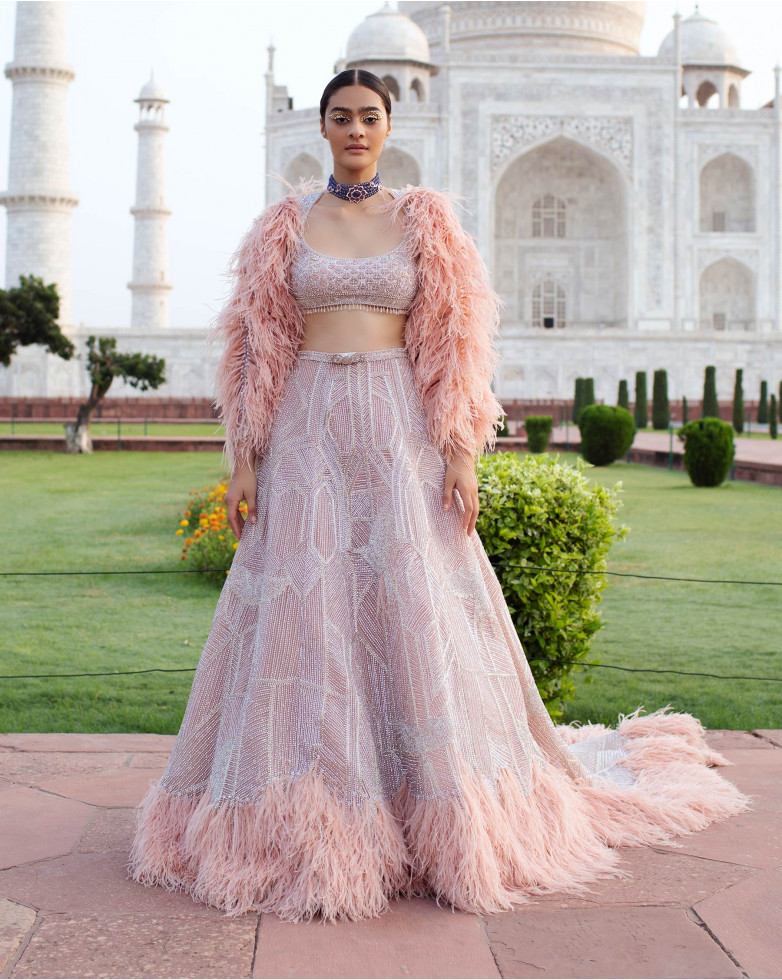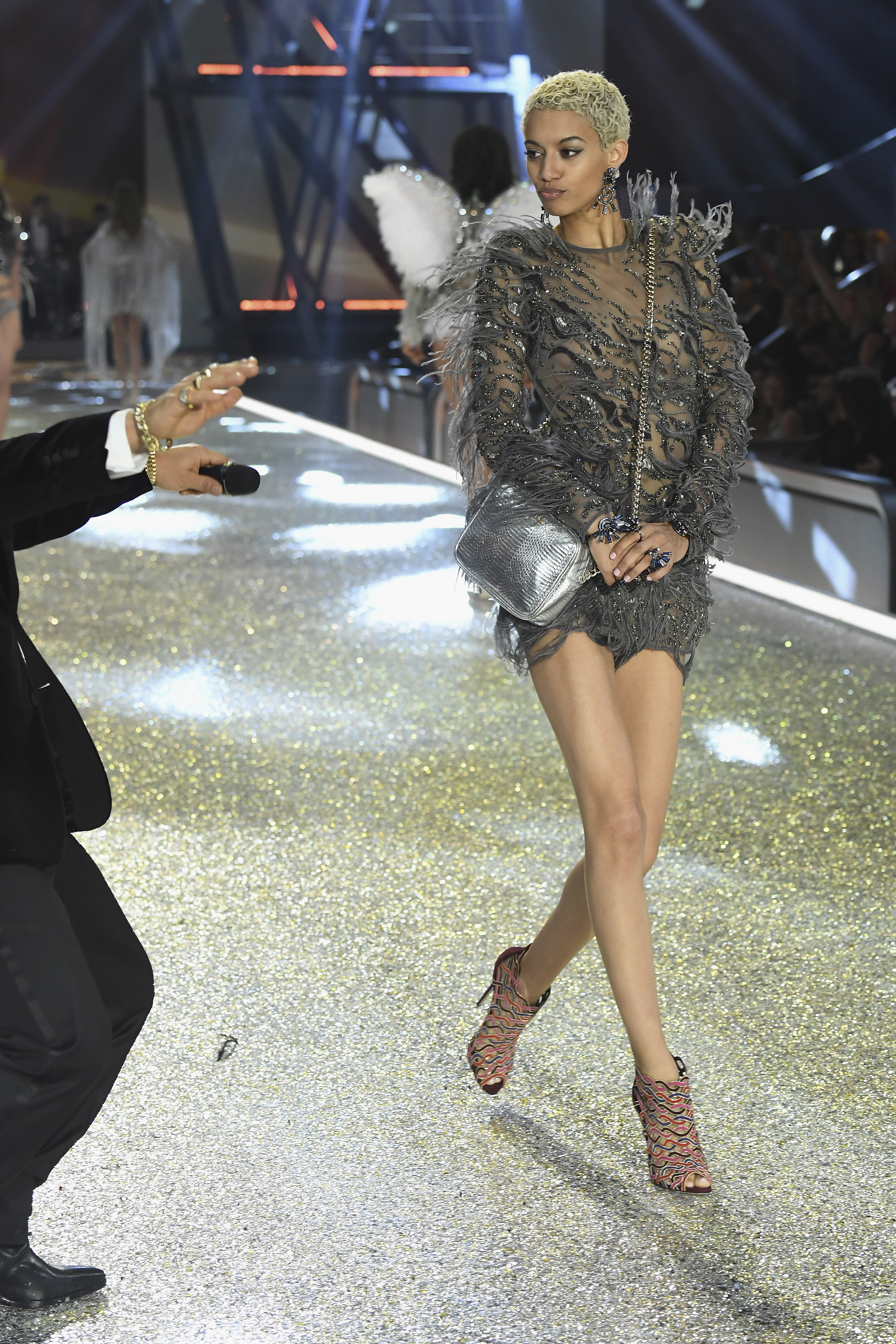Fashion is a dynamic industry constantly evolving with the changing tastes and preferences of consumers. In recent years, there has been a notable shift towards new fashion Funpub.net/ design, characterized by innovation, sustainability, and inclusivity. This article explores the emergence of new fashion design trends, their characteristics, impact, and future prospects.
Evolution of Fashion Trends
Historical Perspective
Fashion trends have always been influenced by historical events, cultural movements, and societal changes. From the elaborate garments of ancient civilizations to the minimalistic styles of the modern era, fashion reflects the spirit of its time.
Influences of Culture and Society
The globalization of fashion has led to a fusion of diverse cultural elements, resulting in a rich tapestry of styles and designs. Today, designers draw inspiration from various cultural traditions, creating eclectic and inclusive fashion statements.
Characteristics of New Fashion Design
Innovation and Creativity
New fashion design thrives on innovation and creativity, pushing the boundaries of conventional aesthetics. Designers experiment with unconventional materials, avant-garde silhouettes, and groundbreaking techniques to create truly unique pieces.
Sustainability and Ethical Practices
In response to growing environmental concerns, there has been a growing emphasis on sustainability and ethical practices in the fashion industry. From eco-friendly materials to fair labor practices, new fashion design prioritizes ethical considerations throughout the production process.
Key Elements of New Fashion Design
Unique Textiles and Materials
Innovative textiles and materials play a central role in new fashion design, offering endless possibilities for experimentation. From recycled fabrics to bioengineered textiles, designers are exploring sustainable alternatives without compromising on style or quality.
Experimental Silhouettes and Designs
New fashion design embraces unconventional silhouettes and designs, challenging traditional notions of beauty and form. From oversized proportions to deconstructed garments, designers are pushing the boundaries of conventional fashion norms.
Impact of Technology on Fashion Design
Digitalization in Design Process
Advancements in technology have revolutionized the fashion design process, enabling designers to create and visualize their ideas with unprecedented precision. Digital tools such as CAD software and virtual prototyping have streamlined the design process, allowing for greater innovation and efficiency.
3D Printing and Virtual Try-Ons
3D printing technology has opened up new possibilities in fashion design, allowing designers to create intricate patterns and structures that were once impossible to achieve. Virtual try-on platforms have also transformed the way consumers shop for clothes, providing a more immersive and personalized shopping experience.
Fashion Designers Shaping the Industry
Emerging Designers and Brands
The rise of social media and e-commerce has democratized the fashion industry, giving rise to a new generation of emerging designers and brands. These independent labels often champion sustainability, diversity, and inclusivity, challenging the dominance of established fashion houses.
Influence of Established Names
While emerging designers bring fresh perspectives to the industry, established fashion houses continue to wield considerable influence. Their legacy and reputation shape the direction of fashion trends, setting the tone for the broader industry.
Consumer Perspective on New Fashion Design
Shift in Consumer Preferences
Consumers are becoming more conscious of the environmental and social impact of their purchasing decisions, driving demand for sustainable and ethical fashion. They are also seeking greater inclusivity and representation in the fashion industry, favoring brands that embrace diversity and authenticity.
Demand for Sustainable and Inclusive Fashion
The growing demand for sustainable and inclusive fashion has prompted brands to rethink their production methods and marketing strategies. From size-inclusive clothing to gender-neutral collections, brands are embracing diversity and catering to a more diverse range of consumers.
Challenges and Opportunities
Balancing Creativity with Commercial Viability
One of the biggest challenges facing new fashion designers is striking a balance between creativity and commercial viability. While innovation is essential for staying relevant in a competitive market, designers must also consider the practicality and marketability of their designs.
Addressing Environmental and Social Impacts
As awareness of environmental and social issues continues to grow, the fashion industry faces increasing pressure to address its impact on the planet and society. Designers and brands must adopt sustainable practices and ethical principles to minimize their environmental footprint and promote social responsibility.
Future Trends in Fashion Design
Technological Advancements
The future of fashion design lies in technological advancements that will continue to revolutionize the industry. From AI-driven design tools to wearable technology, the possibilities are endless for creating truly innovative and interactive fashion experiences.
Emphasis on Individualism and Diversity
As consumers demand more personalized and inclusive fashion options, designers will focus on celebrating individualism and diversity. Customization and personalization will become increasingly important as brands strive to cater to the unique tastes and preferences of their customers.
Conclusion
New fashion design represents a paradigm shift in the fashion industry, embracing innovation, sustainability, and inclusivity. By pushing the boundaries of creativity and embracing technology, designers have the opportunity to shape a more diverse, ethical, and exciting future for fashion.



